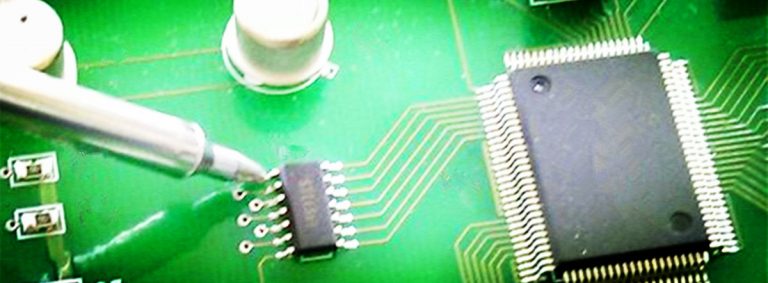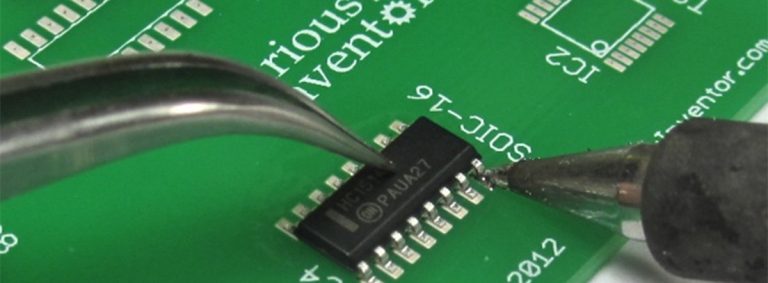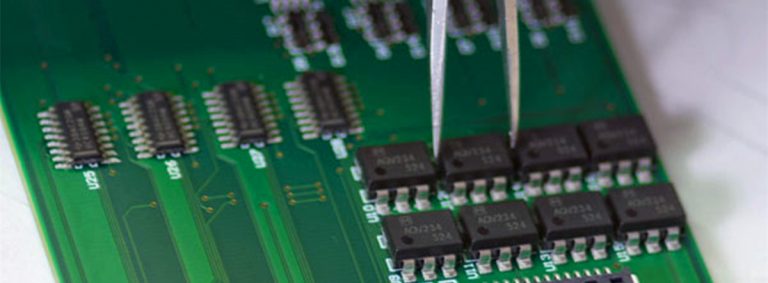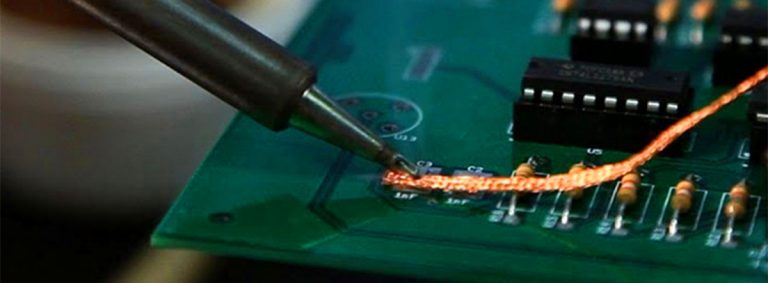What Are The Difficulties in The Production of High-Level PCB Circuit Boards?

High-level PCB is usually defined as 10-20 layers or more high-level multi-layer circuit boards. Compared with traditional FR4 PCB products, high-level PCB has the characteristics of multiple thicknesses, multiple layers, dense lines, multiple through holes, large cell sizes, and thin dielectric layers, and requires internal space, layer alignment, impedance control, and reliability. High; is mainly used in communication equipment, high-end servers, medical electronics, aviation, industrial control, military, and other fields. So, what are the difficulties in the production process of high-level PCB circuit boards?
1. Difficulties in alignment between layers
Due to a large number of high-level boards, users have higher and higher requirements for the calibration of PCB layers. Generally, the alignment tolerance between layers is controlled at 75 microns.
2. Difficulties in making internal circuits
The high-level board uses special materials such as high TG, high speed, high frequency, thick copper, a thin dielectric layer, etc., which puts forward high requirements for internal circuit production and pattern size control. The specific manifestations are: small line width and line spacing, increased open circuit and short circuit, low pass rate; more thin line signal layers, increased probability of AOI leakage in the inner layer; thin inner core board, easy to wrinkle, poor exposure, easy to curl when etching machine, etc.
3. Difficulties in compression manufacturing
Many inner core boards and semi-cured boards are superimposed, and defects such as slippage, delamination, resin voids, and bubble residues are prone to occur in stamping production. Due to a large number of layers, the expansion and contraction control and the dimensional coefficient compensation cannot maintain consistency, and the thin interlayer insulation layer is likely to cause the interlayer reliability test to fail.
4. Difficulties in drilling
The use of high-TG, high-speed, high-frequency, and thick copper special plates increases the difficulty of drilling roughness, drilling burrs, and de-drilling dirt.







